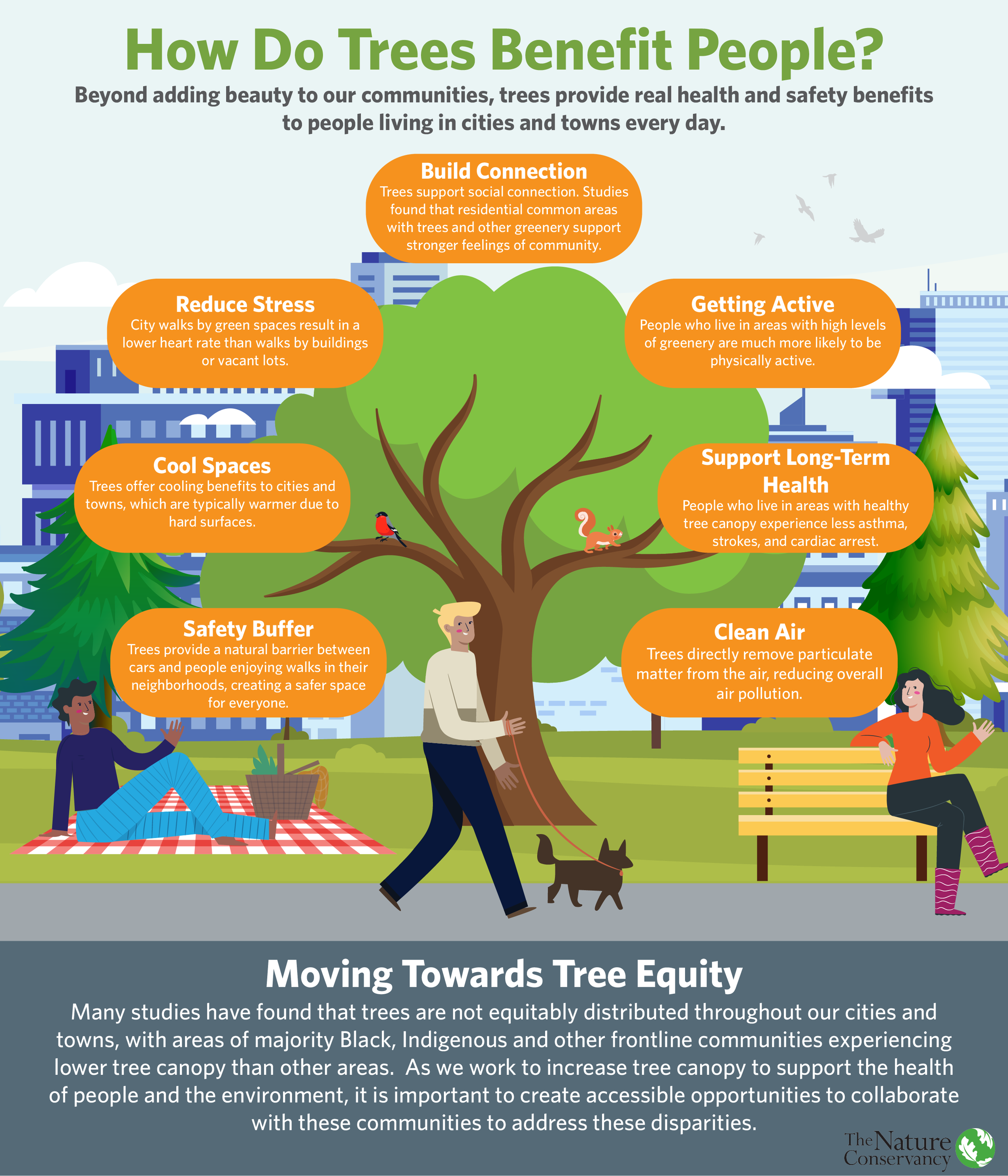By Hannah Kett, Cities Program Manager
When you start reimagining what a space could be without pavement, then you can start seeing opportunities for how the space can be used in a way to benefit people and nature.
And that is just what Carrie Hernandez, a parent at the Holy Rosary Juan Diego Academy, did. Every day for three years, her daughter would give her a gift of a pocketful of rocks that came from the school's playground. Students would play on the rocks, jumping down from swings and coming off the slide, bringing home scrapes and bruises, along with rocks. With the rest of the play area made of asphalt, there were plenty of spots to earn a skinned knee scar.
Carrie was ready for a change. Bringing in connections that she built through her role on the Puyallup Watershed Initiative, Carrie reached out to Melissa Buckingham of the Pierce Conservation District and its Depave Puget Sound efforts. Melissa was seeking sites for depave projects to demonstrate the different ways it can benefit community — and Holy Rosary seemed a perfect fit, especially after learning about the school and church’s long-term plans for a green space on site.
The team moved forward, developing plans for a 15,000-square-foot depave project that would result in a play area for the students, a line of trees to reduce the heat-island effect and reduce noise and air pollution from Interstate 5, among other benefits. When all is said and done, the project will filter more than 379,000 gallons of stormwater annually.
The benefits to the project cannot be overstated. It will create a healthy space for children to play, help students learn and demonstrate to the broader church and school communities how soil, plants and trees help filter and infiltrate water to reduce stormwater pollution.
Phase One of the project, depaving 5000 square feet and planting 65 trees, is complete. And Phase Two, depaving the remaining 10,000 square feet, is set to be completed this summer.
This project is made possible through support from volunteers, the Rose Foundation for Communities and the Environment, The Nature Conservancy, the National Estuary Program, The Boeing Company and The City of Tacoma Environmental Sponsorship.



























